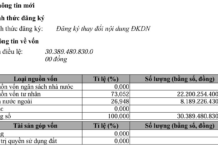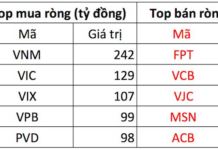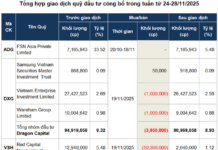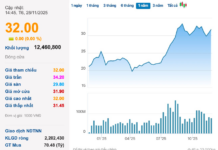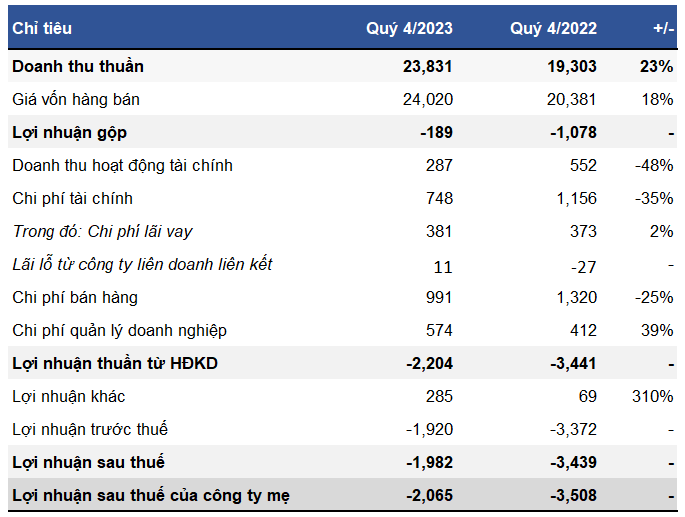The world is rapidly evolving in all fields, especially in the context of the booming digital revolution. This has a significant impact on the overall economy and the development of businesses in particular. Therefore, innovation is considered an essential factor for businesses to keep up with the general laws.
In fact, the world is changing every day. If Nokia was the leading mobile phone brand in the 1990s and held the throne for 20 years in the market, the explosion of modern technology has created the miracles of Apple and Samsung. Or Grab, a giant transportation company, which doesn’t own any vehicles; Facebook, the most popular media owner in the world, doesn’t create any content; even Alibaba, known as the world’s largest retailer, doesn’t have any stocked goods…
These examples are evidence of the importance of constantly changing and adapting to the trends. Not to mention, in the context of the ever-changing world, all objective and subjective factors have a great impact on the world economy in general and the operations of businesses in particular.
In general, innovation and creativity are essential for businesses in the context of global economic integration and especially in the current wave of the 4.0 technology revolution. This was also the content shared by experts and leaders at the Innovation for Development event organized by Newing on March 7, 2024.
Participating in the event, Mr. Nguyen Huy Quy – Professor, Head of Strategy Department at Insead – shared his insights on the importance of innovation and especially the art, the way of leading business innovation.

Photo: Mr. Nguyen Huy Quy – Professor, Head of Strategy Department at Insead.
Take the example of the Japanese automobile giant Nissan. According to Mr. Huy, in 1999, Nissan was almost bankrupt when there was no innovation for 10 years, even internally, there was a culture of opposing change.
“However, Carlos Ghosn, from Renault from France, was able to turn Nissan into a profitable and creative company in just 3 years. How did he do that?” Mr. Huy started the issue and outlined the sequence of innovation at this long-established Japanese car company.
First of all, “socialization”: Carlos was known for Visiting employees, engineers, dealers, and customers. Here, he reassured that Nissan would still have a strong Japanese presence.
Next is “command”: changing the promotion criteria, regardless of age, gender, or nationality. Moreover, Nissan also fired ineffective managers. According to Mr. Huy, Nissan at that time had reduced 14% (equivalent to 21,000 employees).
The third step is “teaching”: Carlos was known for rejecting the initial proposals from the management team because they lacked ambition, encouraging open debate and disagreement. In particular, he emphasized actions that were fast and closely followed such as optimizing R&D projects, switching to a global operating model (instead of local per country), and designing and launching 22 new car models.
In that journey of change, there is one thing that Mr. Huy emphasizes: This journey requires managing emotional parts with people, specifically the team needs to feel safe to share, communicate honestly, and connect with their leaders and colleagues.

For Nissan, overcoming the crisis through change, the brand continues to be one of the top three Japanese competitors (along with Toyota, Honda) of the “Big Three” American car manufacturers. Currently, Nissan is the third-largest automobile manufacturer in Japan.













